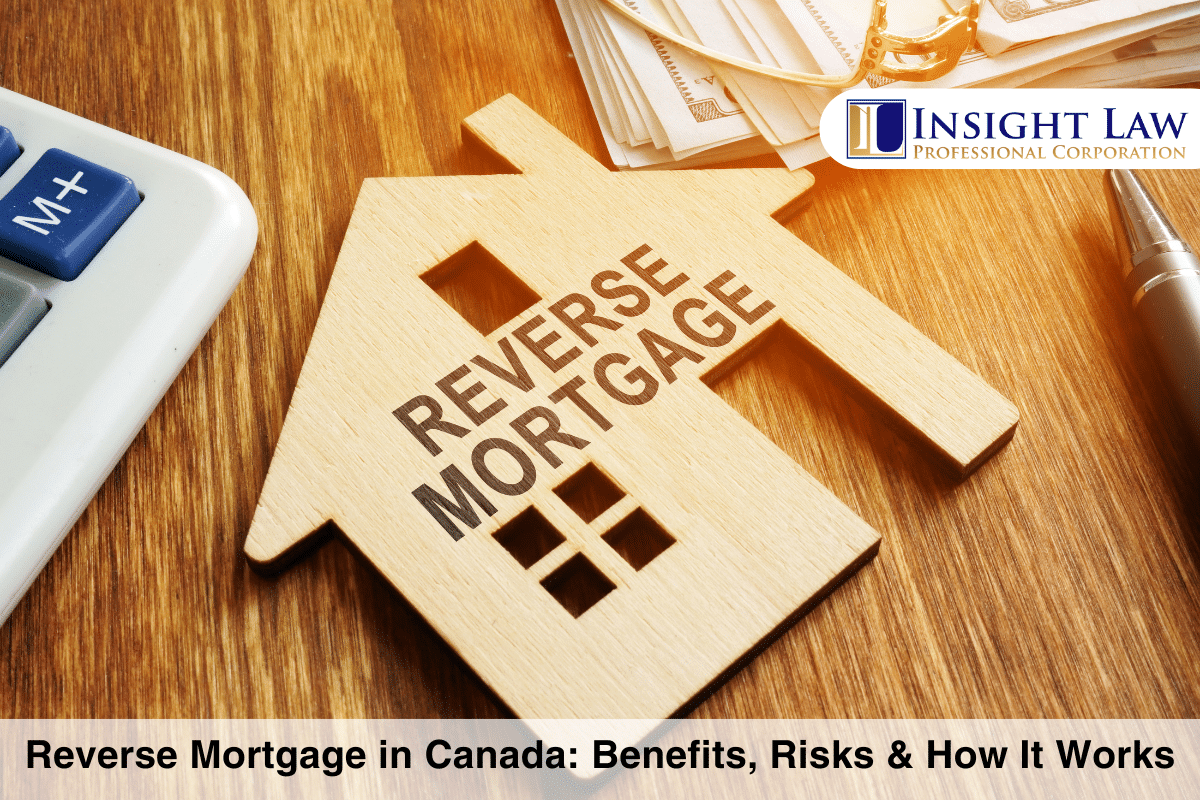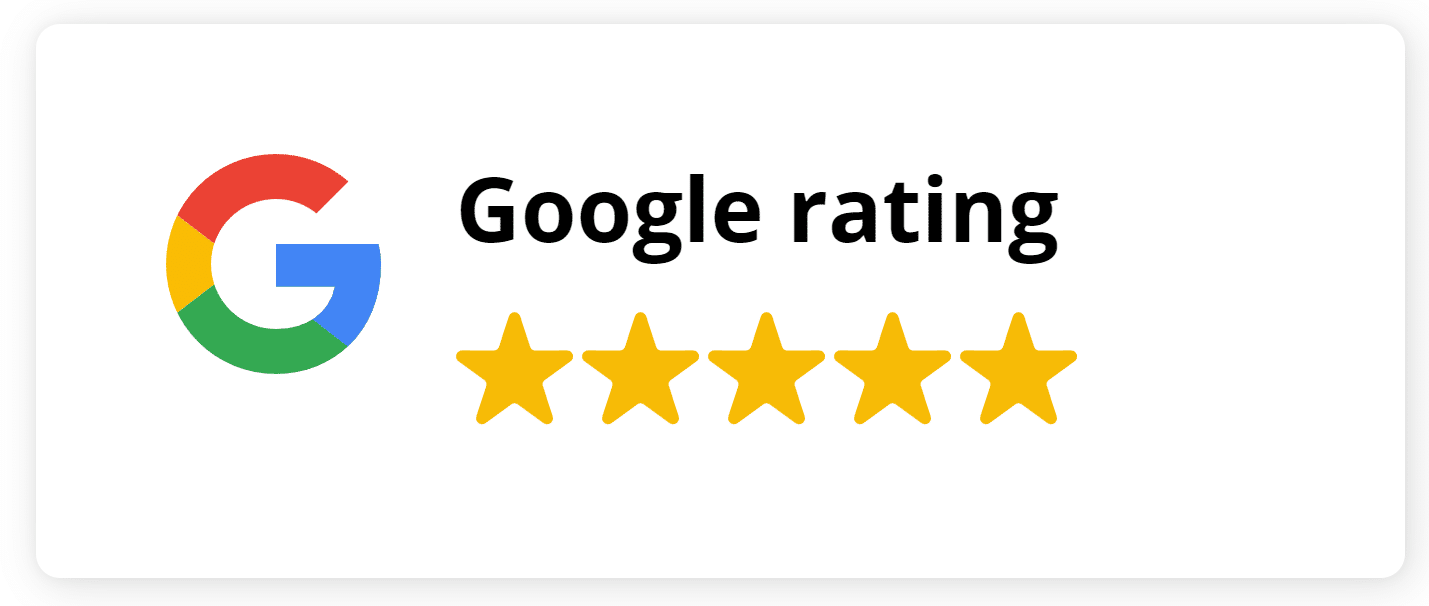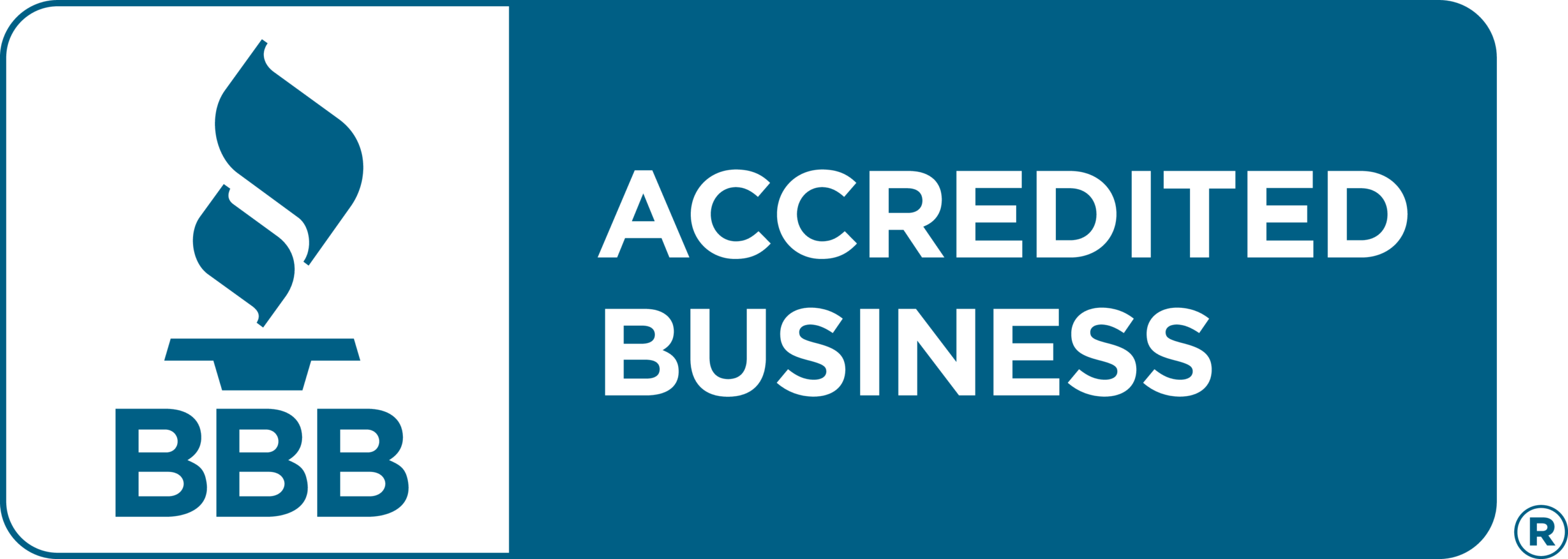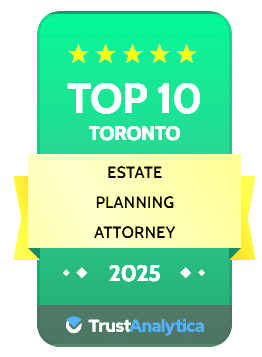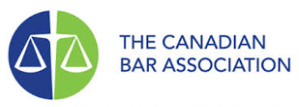Are you a homeowner aged 55 or older? Have you ever wondered if there’s a way to tap into your home’s value without selling it or taking on monthly payments? If so, you might be interested in learning about reverse mortgages.
A reverse mortgage is a special type of loan that lets older homeowners borrow money based on the value of their house without having to move out or make regular payments. It’s designed to help retirees who want to stay in their homes but need extra money for living expenses, home repairs, or other needs.
In this article post, we’ll explain how reverse mortgages work in Ontario, including:
- What exactly a reverse mortgage is, and who can get one
- The benefits and potential risks of reverse mortgages
- How to apply for a reverse mortgage
- The different types available in Ontario
- Other options to consider if a reverse mortgage isn’t right for you
Whether you’re thinking about getting a reverse mortgage or just curious about how it works, this guide will help you understand the basics and make informed decisions about your financial future.
Contact us today at Insight Law Firm Professional Corporation to find out if a reverse mortgage is the right option for you and to receive personalized legal guidance on your financial decisions.
What is a Reverse Mortgage?
A reverse mortgage is a financial product available to homeowners who are aged 55 or older. It allows them to borrow against the equity in their home while continuing to live in the property. The main advantage is that there are no monthly mortgage payments required. Instead, the loan and the interest that accrues over time are repaid when the homeowner sells the home, moves out permanently, or passes away. This makes reverse mortgages especially useful for seniors who need extra funds for retirement but want to stay in their homes.
How Does a Reverse Mortgage Differ From a Traditional Mortgage?
In a traditional mortgage, homeowners make regular payments to reduce the loan balance and build equity over time. With a reverse mortgage, it works in the opposite way—homeowners borrow against the equity they’ve built up, and the loan balance increases as interest is added over time. Since no payments are made on the loan while the homeowner lives in the house, the amount owed continues to grow. This can reduce the amount of equity remaining in the home, which might affect inheritance for heirs.
Key Differences:
- Traditional Mortgage: Homeowners pay down the loan, increasing equity.
- Reverse Mortgage: The loan balance grows, reducing home equity as interest accrues.
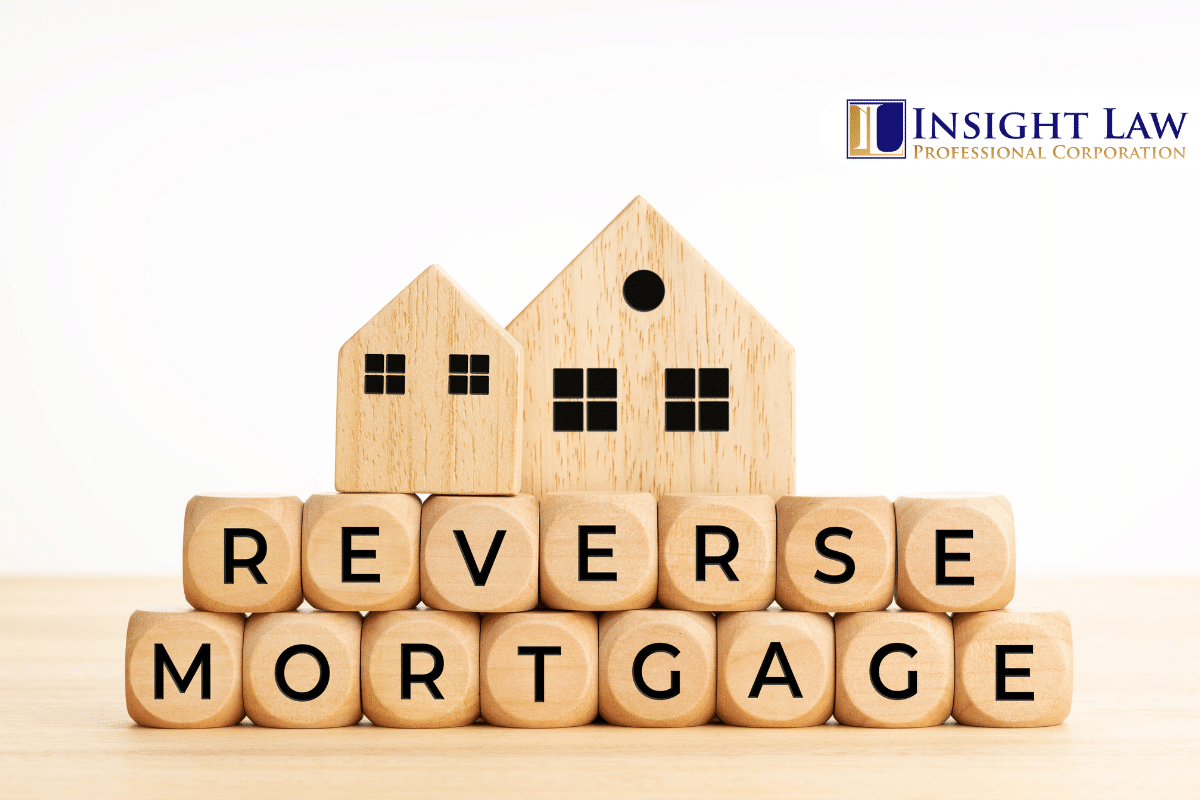
How Does a Reverse Mortgage Work?
A reverse mortgage allows homeowners aged 55 and older to borrow against their home’s equity without the need to sell or move. This financial product enables homeowners to access a portion of their home’s value while continuing to live in the property. The process includes meeting specific eligibility criteria, completing the application, and deciding how to receive the funds. Homeowners can choose between a lump sum, monthly payments, or a combination, depending on their financial needs.
Borrowing Against Home Equity
A reverse mortgage lets homeowners borrow a portion of their home’s value, also known as equity. The key benefit is that there are no monthly mortgage payments. Instead, the loan is repaid when the home is sold, the homeowner moves out, or passes away.
How Much Can You Borrow? The amount depends on your age, the value of your home, and its location. Typically, you can borrow up to 55% of the home’s value.
Eligibility Criteria
To qualify for a reverse mortgage in Ontario, homeowners must meet the following criteria:
- Age Requirement: Homeowners must be at least 55 years old. If the property is jointly owned, both owners must meet the age requirement.
- Primary Residence: The property must be the homeowner’s primary residence, where they live for at least six months of the year.
- Property Type: Eligible properties typically include detached homes, townhouses, and certain condominiums. The value and location of the property also influence eligibility and loan amount.
- Financial Obligations: Homeowners must keep up with property-related expenses, including property taxes, home insurance, and maintenance costs. Any existing mortgage or liens on the property may impact the available loan amount.
Application Process
The application process for a reverse mortgage involves several key steps and the submission of necessary documentation. Here’s a breakdown of what to expect:
Steps Involved:
- Initial Consultation: Start by meeting with a lender or financial advisor to assess whether a reverse mortgage is the right option for you.
- Property Appraisal: A professional appraisal of your home will determine its current market value, which is a factor in calculating the amount you can borrow.
- Submit Application: Complete and submit your reverse mortgage application to your chosen lender.
- Approval Process: The lender will review your application, property appraisal, and eligibility criteria before approving the loan.
Documentation Required:
The documents needed after approval will vary, but in general, here is a full list of what may be asked for:
- Two forms of photo identification
- Verification that the property is your principal address
- Your property insurance information
- Mortgage statement: if you have an existing mortgage that you have to pay off
- Proof that property tax payments are up to date
Common Pitfalls to Avoid:
- Incomplete Documentation: Ensure all necessary documents are provided upfront to avoid delays.
- Overestimating Borrowing Potential: The loan amount may depend on various factors, including your age and property value—don’t assume you can borrow the full value of your home.
- Failure to Maintain the Property: Remember, part of the reverse mortgage agreement requires you to maintain the property and keep up with home insurance and taxes.
Receiving Funds
When it comes to disbursing the funds from a reverse mortgage, homeowners have flexibility in how they receive the money. Here are the main options available:
Lump Sum
Homeowners can choose to receive the full amount of the loan in one single payment. This option is often chosen for significant expenses such as home renovations or debt consolidation.
Monthly Payments:
Alternatively, you can choose to receive smaller, regular payments over time. This is a popular option for retirees who prefer a steady stream of income to cover living expenses during retirement.
Combination:
Some homeowners prefer a mix of both, receiving part of the loan as a lump sum and the rest in monthly installments. This approach offers both immediate liquidity and ongoing financial support.
Reverse Mortgages in Ontario
In Ontario, two financial institutions mainly offer reverse mortgages: HomeEquity Bank and Equitable Bank. These lenders provide specific reverse mortgage products designed for those aged 55 and older, helping them access home equity. Depending on the homeowner’s location and financial needs, these mortgages have different loan amounts, interest rates, and availability.
Benefits of a Reverse Mortgage
A reverse mortgage can provide significant financial benefits for homeowners aged 55 and over. It allows them to access their home equity without selling the property or making monthly mortgage payments. Here’s a detailed breakdown of how it can be beneficial:
Supplement Retirement Income
One of the primary benefits of a reverse mortgage is that it helps seniors unlock the equity in their home to supplement their retirement income. This can be especially useful for covering essential expenses such as medical bills, home renovations, or daily living costs. By tapping into the value of your home, you can increase your cash flow without needing to sell or relocate. This makes it an attractive option for retirees who want to stay in their home but need additional financial support during retirement.
No Regular Payments
A significant advantage of reverse mortgages is that they do not require regular monthly payments. Unlike traditional loans, where you must make ongoing payments to reduce the loan balance, the reverse mortgage allows you to defer payment until the home is sold, you move out, or pass away. This eliminates the pressure of making mortgage payments, which can be a relief, especially for those on a fixed retirement income. The loan balance, along with interest, accumulates over time and is paid from the sale proceeds of the house when it is sold.
Maintain Ownership
With a reverse mortgage, you continue to own and live in your home. This is an important benefit because it allows you to access funds while maintaining full ownership of your property. Unlike some other financial products where you might lose ownership or need to transfer rights, a reverse mortgage keeps you in control. You are still responsible for property maintenance, taxes, and insurance, but you remain in your home, which may be a vital part of your life and legacy.
Tax-Free Funds
The funds you receive from a reverse mortgage are not considered taxable income. This means you can use the money without affecting your taxable income or government benefits such as Old Age Security (OAS) or the Guaranteed Income Supplement (GIS). This tax-free status can be beneficial if you are trying to maximize your financial resources in retirement without facing additional tax liabilities.
Flexible Payout Options
Reverse mortgages offer flexibility in how you can receive your funds. Homeowners can choose to take the loan as a lump sum, in regular monthly payments, or a combination of both. This flexibility allows you to tailor the payout method to suit your individual needs. Whether you need a large amount of money upfront for a major expense or prefer to receive regular payments to supplement your monthly income, reverse mortgages offer a personalized solution. Additionally, if your financial needs change over time, you can adjust the payout structure accordingly.
Risks and Drawbacks of a Reverse Mortgage
Reduced Inheritance
Since a reverse mortgage adds interest to your loan balance over time, the amount of home equity left for your heirs may be significantly reduced. As the loan grows, there may be little equity left to pass on to loved ones after the home is sold to repay the debt.
Higher Costs
Reverse mortgages generally come with higher interest rates and fees compared to regular loans. These costs accumulate over the years, making the loan more expensive overall.
Ongoing Responsibilities
Even with a reverse mortgage, homeowners must continue paying property taxes, insurance, and keep the home in good condition. If you fail to meet these obligations, it can negatively impact your loan.
Risk of Foreclosure
If you don’t keep up with necessary payments or fail to maintain the property, the lender has the right to foreclose on your home. This could mean losing your home if the terms of the reverse mortgage are not met.
Costs Associated with a Reverse Mortgage
Reverse mortgages can offer financial flexibility, but they also come with various costs that homeowners should consider. These costs can vary based on the lender, loan terms, and location.
Interest Rates
Reverse mortgages typically have higher interest rates compared to traditional home loans. As interest accumulates over time, the total loan balance grows, which means the amount owed increases. The interest is added to the loan balance rather than paid monthly, which can significantly affect the remaining equity in your home. It’s essential to compare interest rates between lenders to ensure you’re getting the best deal.
Appraisal and Legal Fees
When finalizing a reverse mortgage, homeowners are required to pay for a professional home appraisal and legal services. The appraisal helps determine the current value of your home, which influences how much you can borrow. Legal fees cover the processing of loan documents and other paperwork. These costs can vary based on location and the lender, but they are typically a one-time expense.
Ongoing Costs
While a reverse mortgage eliminates monthly mortgage payments, homeowners are still responsible for paying property taxes, home insurance, and maintaining the home. These expenses are crucial, as failure to keep up with them could breach the reverse mortgage agreement, leading to loan repayment demands. It’s essential to budget for these ongoing costs to ensure you remain in compliance with the loan terms.
Other Costs
Some lenders may charge additional fees, such as servicing fees for managing the reverse mortgage over time. These fees are often included in the loan balance, which means they will contribute to the total amount you owe. It’s important to review the lender’s fee structure in detail before committing to the loan.
By understanding these costs and factoring them into your financial plan, you can better assess whether a reverse mortgage is the right solution for your retirement needs. Always consult with your lender and a financial advisor to get a full picture of all associated expenses.
Reverse Mortgages vs Other Financial Products
If a reverse mortgage isn’t the best option for you, there are several other financial products and strategies to consider. Each option offers different benefits and drawbacks depending on your financial situation, home equity, and long-term goals. Below is a comparison between reverse mortgages and other common financial alternatives.
Home Equity Loans
With a home equity loan, you borrow against the value of your home and receive a lump sum. Unlike a reverse mortgage, you are required to make regular monthly payments, including both principal and interest. The interest rates are typically lower than those of reverse mortgages, but you must have a stable income and good credit to qualify. Missing payments could put your home at risk of foreclosure.
| Feature | Reverse Mortgage | Home Equity Loan |
| Monthly Payments | No regular payments | Fixed monthly payments |
| Interest Rate | Higher | Lower |
| Borrowing Limit | Up to 55% of home’s value | Up to 80% of home’s value |
| Eligibility | Based on age (55+) and home equity | Based on income and credit score |
| Repayment | Upon sale, move, or death | Monthly payments required |
Downsizing
If you’re willing to sell your current home, downsizing can free up significant cash. By moving to a smaller or less expensive property, you reduce your overall living expenses, including utilities, property taxes, and maintenance costs. Downsizing is an effective strategy to increase savings, although the logistics of moving can be challenging, particularly for seniors.
| Feature | Reverse Mortgage | Downsizing |
| Monthly Payments | No regular payments | Not applicable |
| Interest Rate | N/A | N/A |
| Borrowing Limit | Up to 55% of home’s value | Full equity from selling property |
| Eligibility | Based on age (55+) and home equity | Not applicable |
| Repayment | Upon sale, move, or death | Not applicable |
HELOC (Home Equity Line of Credit)
A HELOC allows you to borrow against your home’s equity, but instead of a lump sum, it works like a credit line. You borrow as needed and make payments only on the amount withdrawn. However, HELOCs require monthly interest payments, and the rates are usually variable, tied to the prime rate, meaning they can fluctuate.
| Feature | Reverse Mortgage | HELOC |
| Monthly Payments | No regular payments | Monthly payments required on withdrawn funds |
| Interest Rate | Fixed, higher | Variable, typically lower |
| Borrowing Limit | Up to 55% of home’s value | Up to 65% of home’s value |
| Eligibility | Based on age (55+) and home equity | Based on credit score and income |
| Repayment | Upon sale, move, or death | Monthly payments required |
Refinancing
Refinancing your existing mortgage can allow you to adjust your interest rate or extend your loan term, resulting in more manageable monthly payments. While refinancing may not unlock as much equity as a reverse mortgage, it can be a good option if you want to stay in your home and can meet monthly payments.
| Feature | Reverse Mortgage | Refinancing |
| Monthly Payments | No regular payments | Fixed monthly payments |
| Interest Rate | Higher, fixed | Lower, based on market rates |
| Borrowing Limit | Up to 55% of home’s value | Up to 80% of home’s value |
| Eligibility | Based on age (55+) and home equity | Based on credit score and income |
| Repayment | Upon sale, move, or death | Monthly payments required |
FAQS
1. How much can I borrow with a reverse mortgage?
The amount you can borrow with a reverse mortgage typically depends on several factors, including:
- Your age: The older you are, the more you can borrow.
- The value of your home: The higher the appraised value, the more equity you can access.
- Your home’s location: Property values in your region may affect how much you can borrow.
In Ontario, you can generally borrow up to 55% of your home’s current value with a reverse mortgage. Equitable Bank may allow slightly more (up to 59%) for those eligible for their Flex Reverse Mortgage
2. What happens if I move or sell my home?
If you move out of your home or sell it, the reverse mortgage must be repaid in full. This includes the loan amount plus any accumulated interest and fees. Upon selling the home, the proceeds from the sale are used to repay the reverse mortgage, and any remaining equity is returned to you or your estate. If the home’s value has decreased and the loan exceeds the sale price, the no-negative-equity guarantee ensures that neither you nor your heirs will owe more than the value of the home at the time of sale.
3. How is the loan repaid?
A reverse mortgage is typically repaid when:
- You sell your home.
- You move out permanently (e.g., into long-term care).
- The last homeowner passes away.
At that time, the entire loan amount, including accumulated interest, becomes due. Most often, the home is sold to cover the debt, but you or your estate can also choose to repay the loan by other means if you want to keep the home. If you sell the home and the sale price exceeds the loan amount, any remaining equity goes to you or your heirs.
Conclusion
In conclusion, reverse mortgages in Ontario give aged 55 and over a way to access their home equity without selling or moving. They offer financial flexibility but come with drawbacks like higher interest rates and reduced inheritance for heirs. It’s important to evaluate your financial situation, compare lenders, and consider how the mortgage fits into your long-term financial plans. Alternatives such as home equity loans, downsizing, or refinancing might be better depending on your needs. Consulting a financial advisor can help you make the right decision for your unique situation.
The information provided above is of a general nature and should not be considered legal advice. Every transaction or circumstance is unique, and obtaining specific legal advice is necessary to address your particular requirements. Therefore, if you have any legal questions, it is recommended that you consult with a lawyer.
